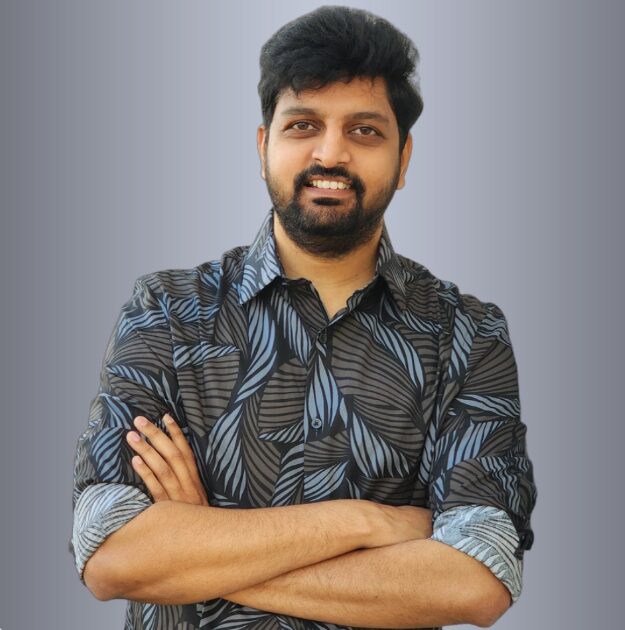When someone places an order for a product online, a seemingly simple click sets off an intricate dance of logistics that spans the globe. The package might be sourced from a warehouse in Southeast Asia, routed through a fulfillment center in Europe, pass through customs at a North American port, and finally be delivered to a doorstep in Texas. All of this happens in a matter of days, sometimes hours, and is accompanied by real-time status updates that customers have come to expect as the norm.
Behind this streamlined experience is a sophisticated web of distributed systems, operating across time zones, infrastructure boundaries, and business domains. A delay in a single service, such as an inventory microservice failing to sync, could trigger a chain reaction affecting thousands of orders. In systems of this scale, designing for perfection is impractical. Designing for resilience, recovery, and observability is where true engineering maturity begins.
This is the nature of modern scalable architecture. It involves more than speed or low latency. It means building systems that are modular, traceable, and fault-tolerant. These systems must detect failures early, isolate them quickly, and recover automatically without disrupting the user experience.
For engineers working behind the scenes, the challenge lies in anticipating failure, managing partial outages, and maintaining consistency in environments that are inherently unpredictable. These systems underpin global commerce, financial services, transportation networks, and AI platforms. In many cases, their complexity is hidden from the user but central to the functioning of modern life.
One engineer who has helped shape this world is Ravi Teja Thutari, a technologist known for his work designing scalable, distributed backend systems across global technology companies such as Amazon, Wayfair, Hopper, Symantec, and Cognizant. His engineering contributions have helped power platforms that handle massive scale, where even small improvements in reliability or latency can translate into significant business outcomes.
Ravi’s work has spanned domains ranging from logistics infrastructure to developer productivity platforms. At Amazon, he was involved in backend systems that support global order orchestration. These systems coordinate the availability of goods across distributed warehouses, synchronize transportation schedules, and provide live tracking information to customers—all while maintaining transactional consistency across multiple services and regions.
A key focus of his architecture work has been in building systems that prioritize graceful degradation. When a particular region experiences high load or partial failure, traffic is intelligently rerouted, stale reads are accepted temporarily, and the user experience is preserved without triggering global failure. This approach requires not only high availability but deep observability across services, with structured logging, metrics, and alerting wired into the system from day one.
Another aspect Ravi often emphasizes is the importance of designing with rollback safety in mind. Many large-scale outages stem not from software defects but from insufficient rollback paths or state inconsistencies during deployments. To mitigate this, he has championed practices such as canary deployments, automated rollback triggers, and integration of telemetry into CI/CD pipelines.
One particularly challenging project involved transforming a legacy transaction engine into an event-driven architecture. Rather than opting for a disruptive rewrite, Ravi designed a pathway that introduced event sourcing and bounded context separation. This allowed for incremental migration, improved observability of system state, and better resilience under concurrent loads. The transition improved both system uptime and engineering velocity without sacrificing business continuity.
Scalable system design is not limited to what happens inside a single region or data center. Increasingly, applications are deployed in multi-region topologies, either for latency optimization, regulatory compliance, or failover purposes. These deployments bring new engineering trade-offs, such as consistency guarantees, data replication strategies, and the cost of cross-region communication.
Ravi has worked on architectures that handle multi-region data synchronization while maintaining performance and correctness. This includes designing shared caching layers across regions, where cache invalidation and warm-up routines must be tightly coordinated to avoid stale reads or inconsistent user experiences. He has helped build routing layers that dynamically shift traffic between active regions based on service health, using service mesh technologies and real-time metrics from observability platforms.
Shared caching itself presents a deep engineering challenge in distributed systems. Caches can amplify the impact of underlying data errors, especially in shared-nothing architectures where consistency is loosely enforced. Ravi’s approach to caching emphasizes idempotency, cache stampede prevention, and fail-open behavior where appropriate. These patterns are especially important in systems that serve both human users and downstream services where latency tolerances vary.
While much of Ravi’s work is rooted in technical design, he is also known for his leadership in promoting platform thinking. Rather than solving the same scalability problems repeatedly across teams, he believes in building internal tools and APIs that abstract complexity while offering flexibility. At Wayfair, for example, he contributed to developer platforms that provided standardized scaffolding for service deployments, observability defaults, and automatic dependency tracing.
Beyond individual systems and platforms, Ravi’s influence also extends through mentoring and thought leadership. He has advised early-career engineers and architecture teams on how to think about system design in terms of trade-offs, failure modes, and long-term maintainability. His emphasis is always on clarity and recoverability, not just code elegance.
Colleagues describe his thinking as grounded and operational. In design reviews, he’s known for asking questions that cut through assumptions—what happens if this dependency fails, how quickly can we detect it, and who gets paged? These are the questions that elevate designs from working code to production-ready systems.
Today, as organizations move toward more autonomous infrastructure using AI-driven observability and adaptive scaling, engineers like Ravi are helping shape the next phase of distributed systems. This includes architectures that monitor themselves, adjust to load patterns in real time, and automatically trigger failover across regions based on dynamic thresholds. His current interests lie at the intersection of cloud infrastructure and intelligent automation—how systems can both scale and self-correct with minimal human intervention.
Engineering work like this rarely receives public recognition. Yet it forms the foundation of the technology people rely on every day. When a recommendation engine responds in milliseconds, when an international order is delivered without delay, or when a checkout page stays up during a traffic surge, it is engineers like Ravi Teja Thutari who have quietly made it possible.



































